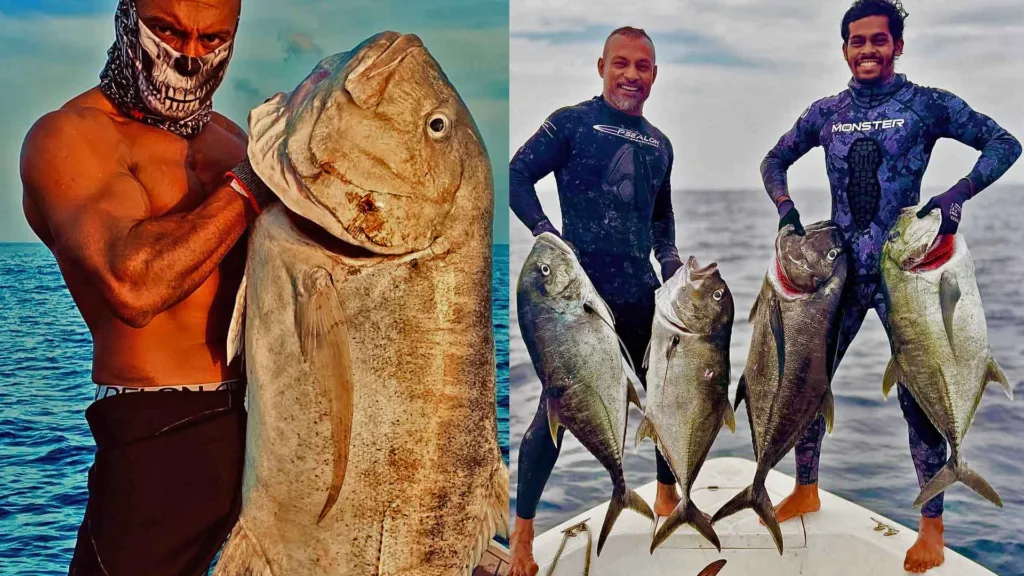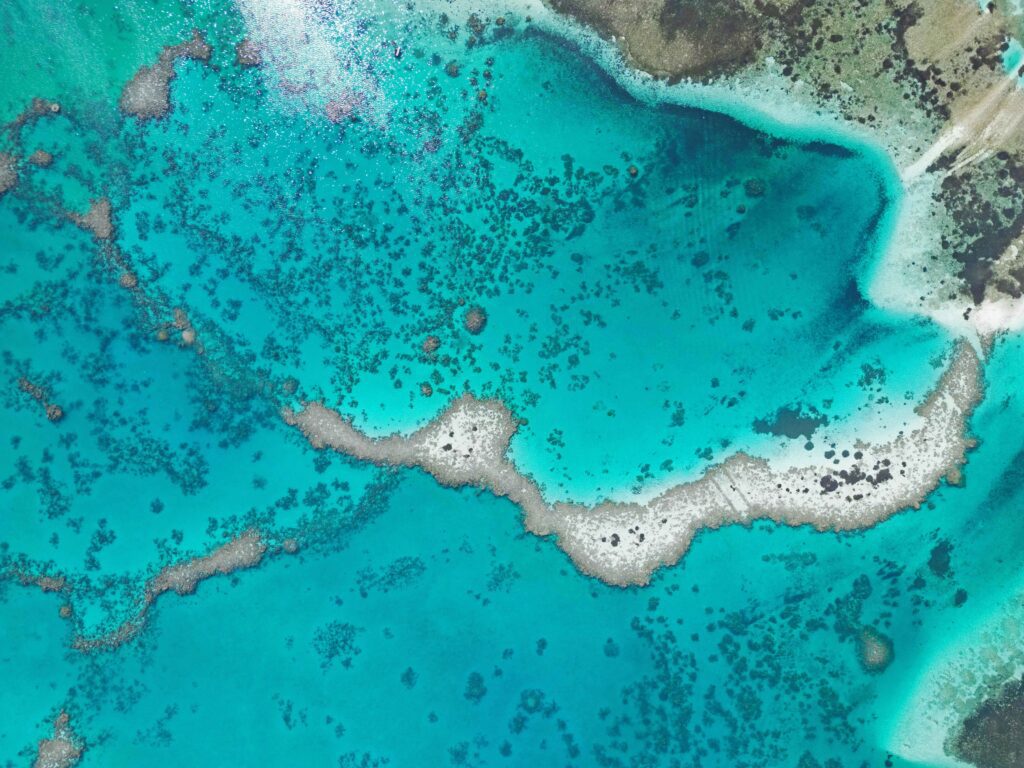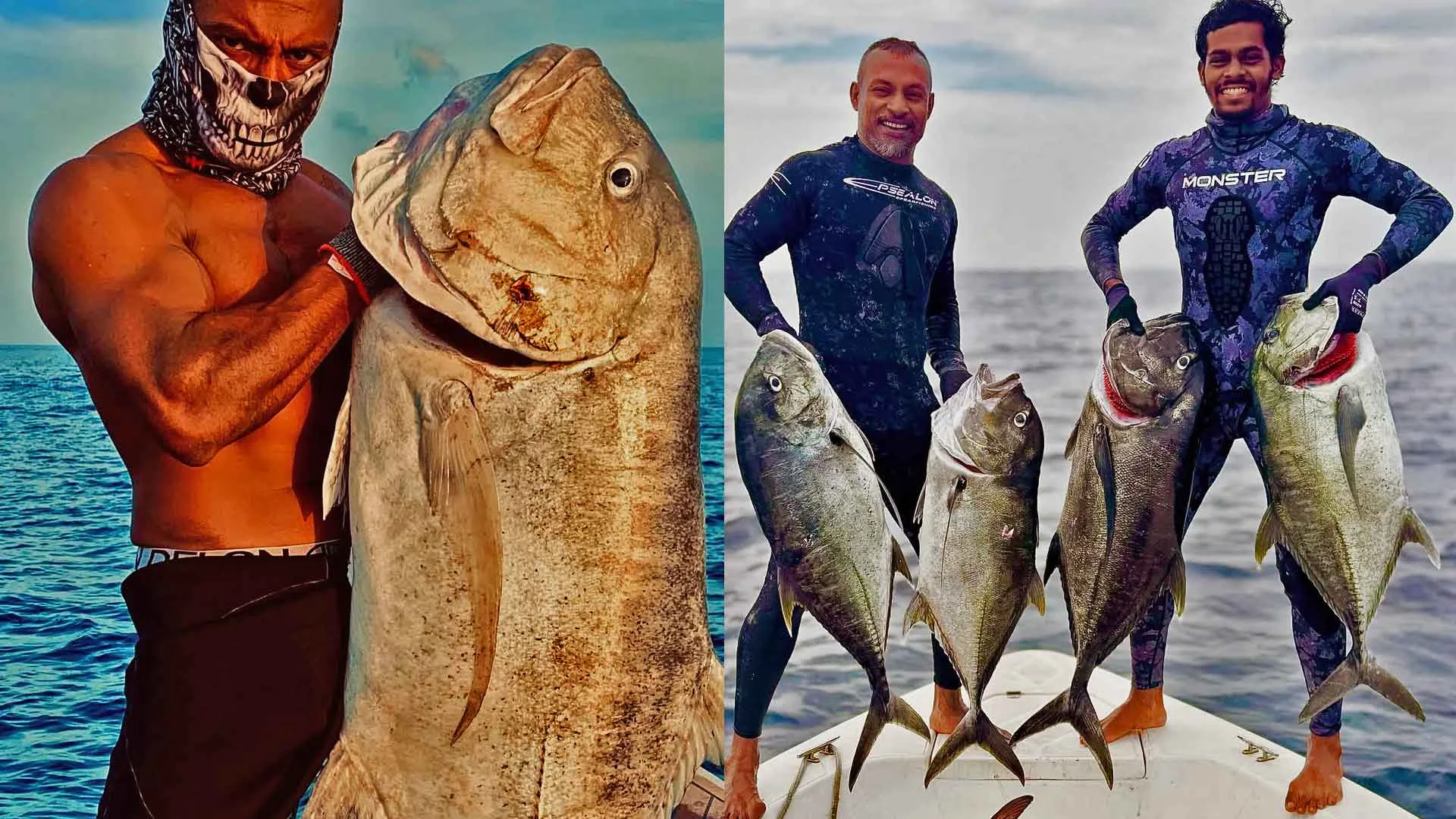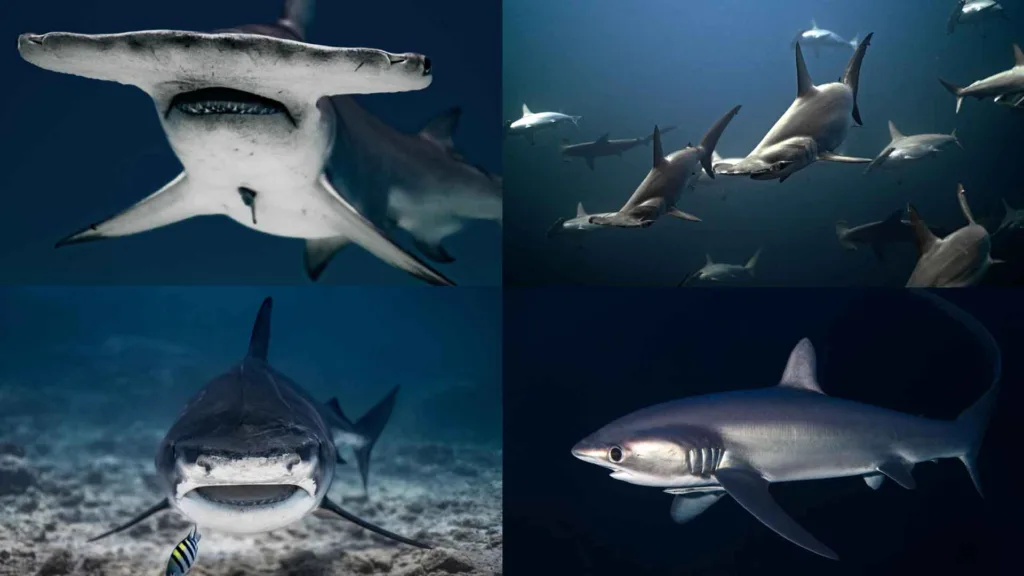
The Giant Trevally (GT) is a large marine fish. It is known for its raw strength and fighting ability. This iconic fish is usually regarded as the ultimate thrill for fisherman and anglers. This fish is at the top of the marine species list because to its surprising strikes, fast runs, and distinct brand of excitement.
GT is usually found in tropical waters. They live in coral reef environments, shallow coastal waters, and even deeper oceans. But there’s something unique about this muscular predator. Giant trevally inhabits clear waters and healthy ecosystems. They inhabit the world’s most beautiful tropical places. GT is exceedingly significant in terms of its ecological impact.
The Maldives is home to these amazing predators and the Maldives is a popular destination for GT fishing They can be found in the Maldives’ turquoise lagoons, drop-offs, coral reefs, and wave break locations. Small fish typically inhabit these locations, and GTs travel and hunt in these dynamic areas. In coral reef regions, they can catch small fish. GTs live in a variety of reefs, coral flats, lagoons, and channels across the Maldives.

Healthy reefs produce a plenty of bait fish, attracting these gorgeous carnivores.Because they live in these attractive and healthy habitats, it is critical to conserve the nursery regions for these fish. GT is also very popular in the Maldives. Balancing the harvest of giant trevally as a sustenance source with the practice of catch-and-release fishing is crucial. The preservation of the habitats of this magnificent fish is of paramount importance.
Recreational fisheries that are environmentally sound and sustainable support the blue economy as well as the protection of entire ecosystems. The early life of juvenile giant trevally begins in sheltered regions. These small juveniles require nutrient-rich waters to survive. When they reach maturity, they go on to more sophisticated surroundings.
Giant trevally relies heavily on reef systems. It serves as a biological home for prey while also creating ambush structures. These are spawning grounds for reproduction, and the environment supports a broad prey base. Reefs offer present behavioral and inventive opportunities for GTs. They can hunt in a variety of ways thanks to the reef and its structure, as well as the presence of other predators. For example, collaborating with other predators, such as reef sharks, to chase and ambush or take advantage of other predators’ escaping food is a novel approach to their reef hunting techniques.




